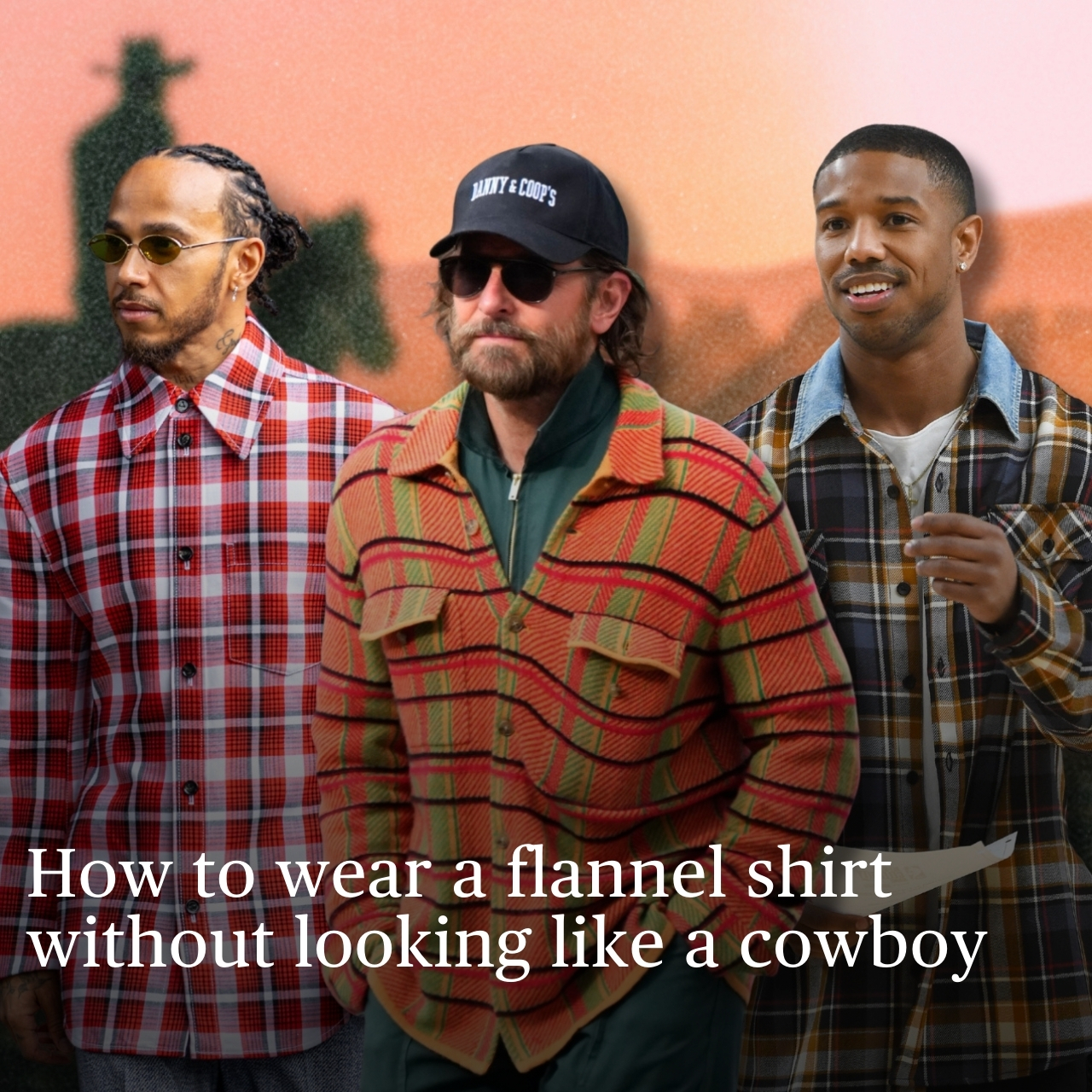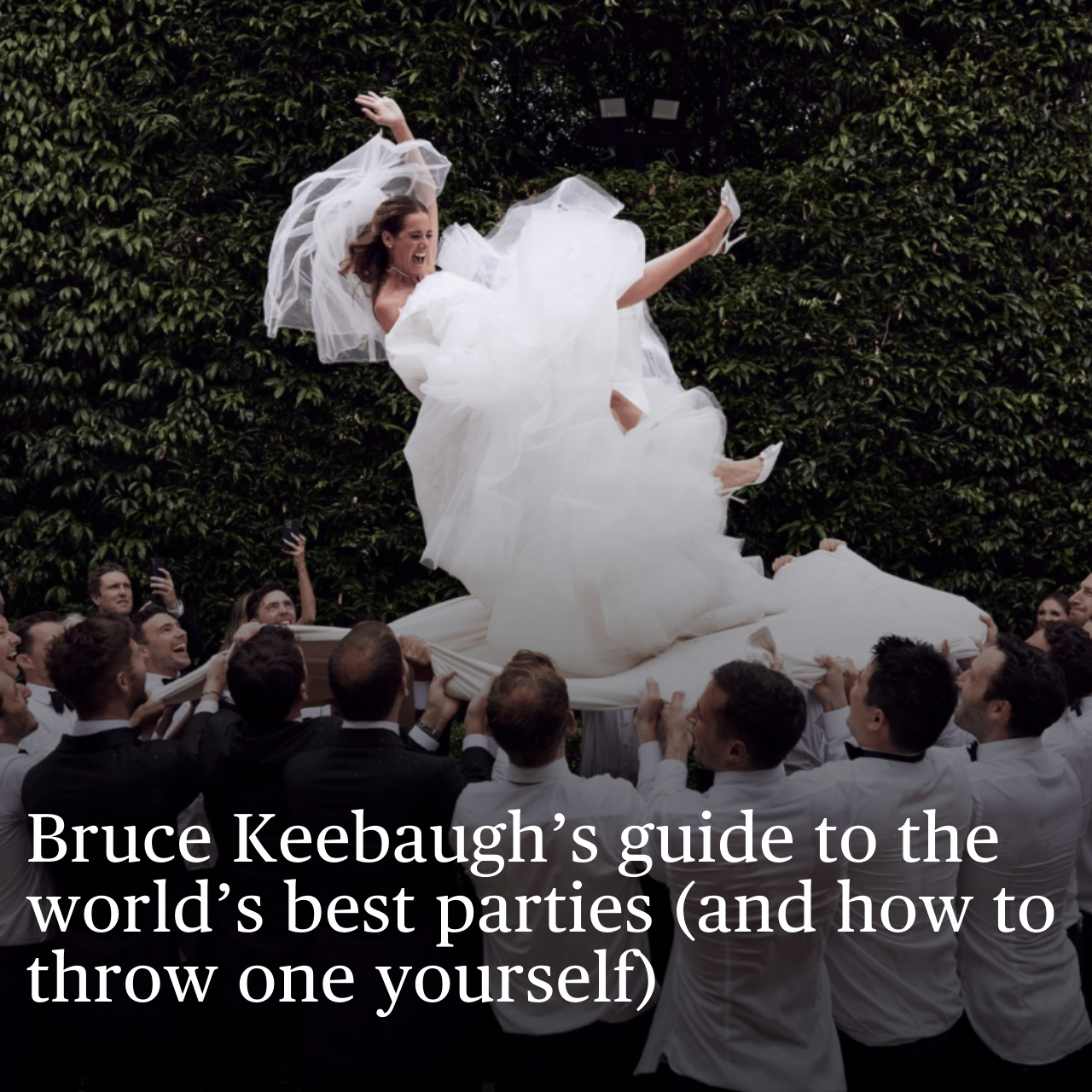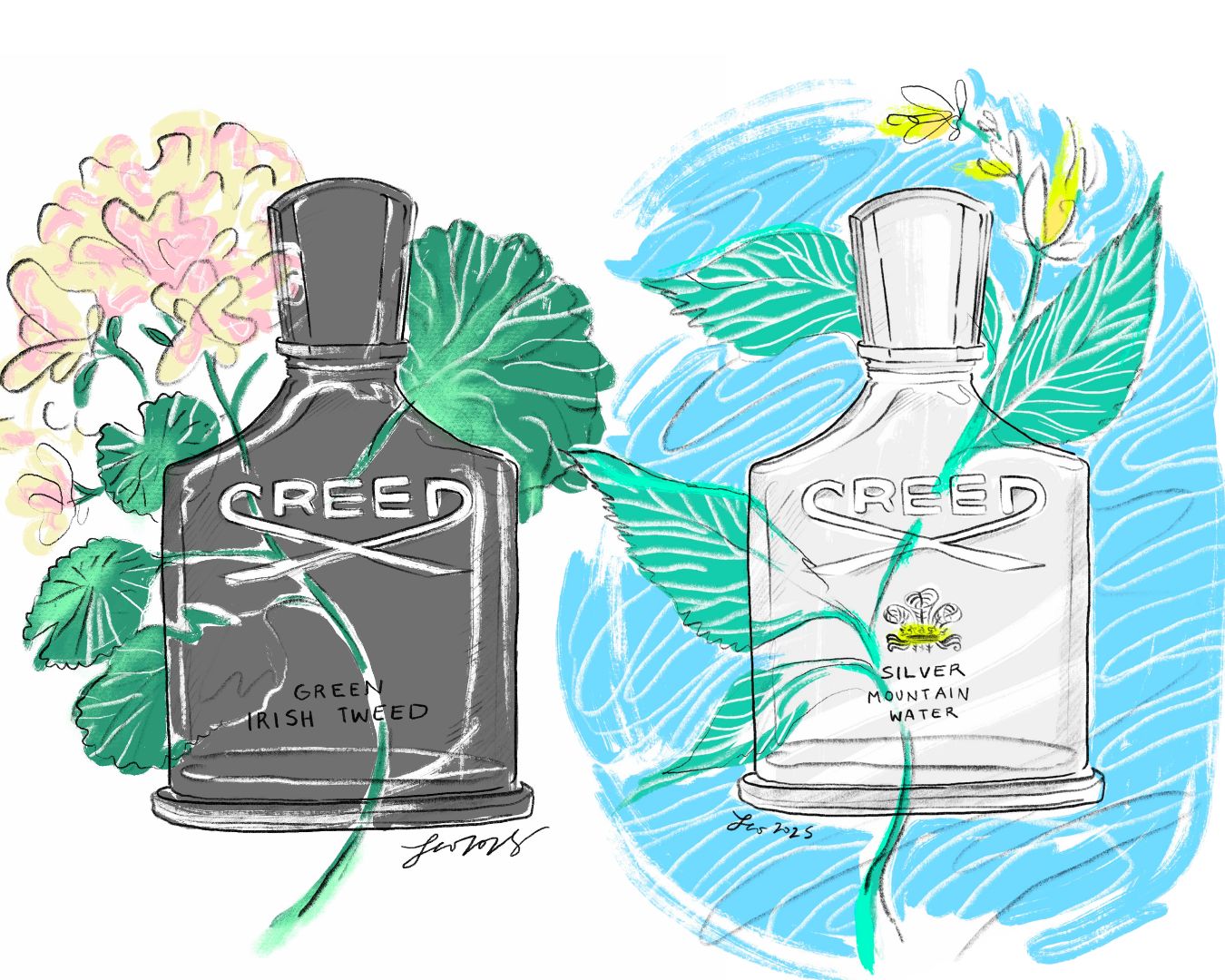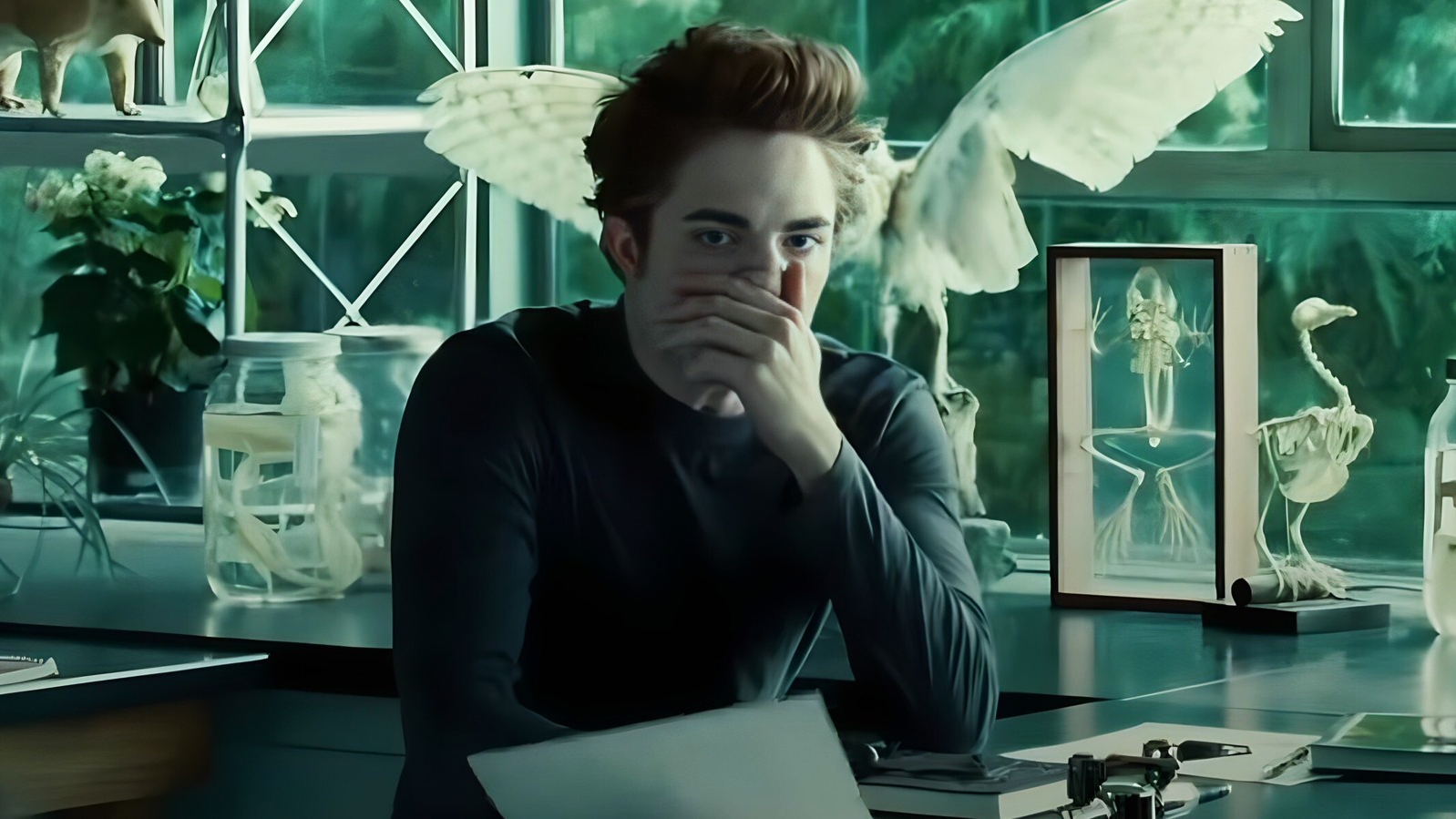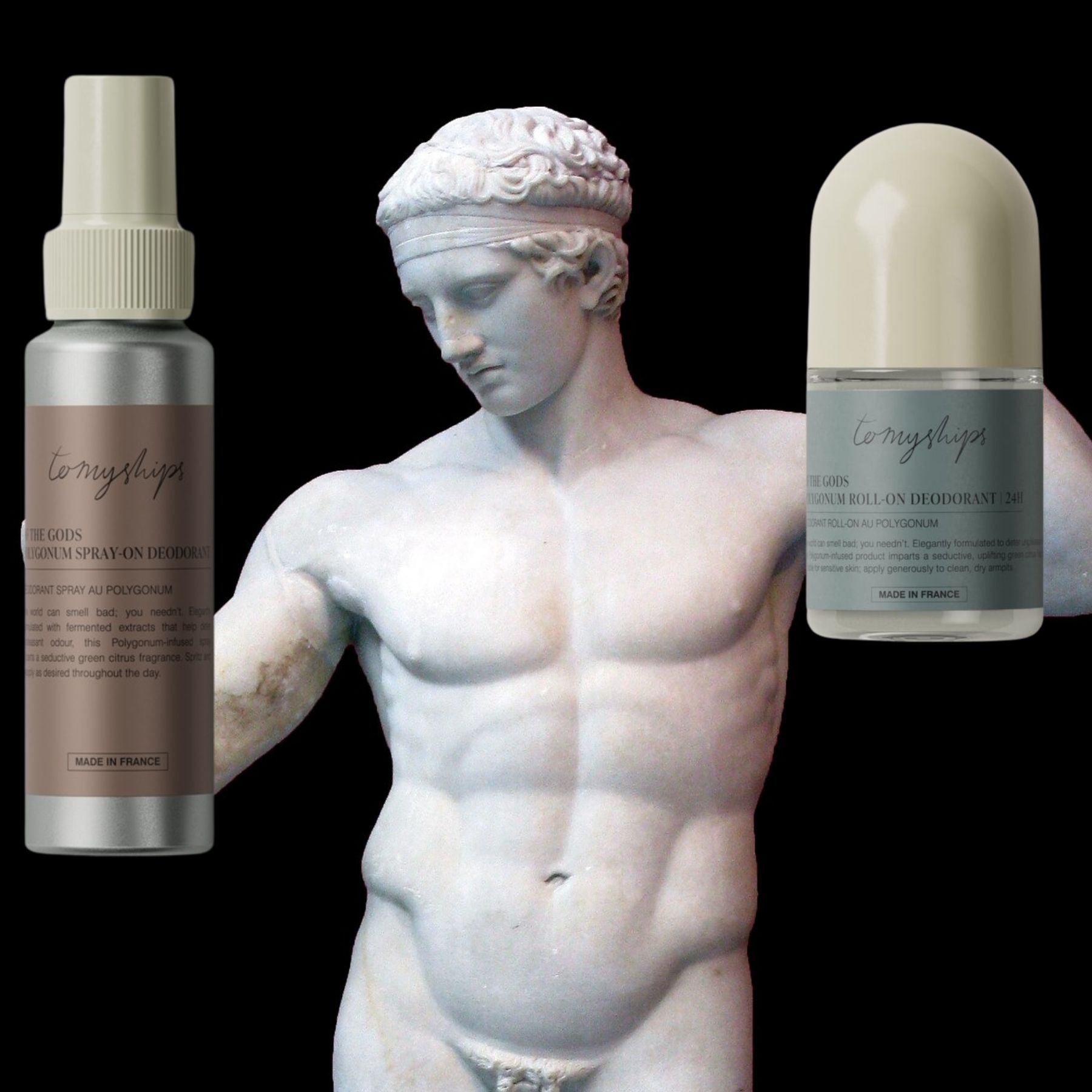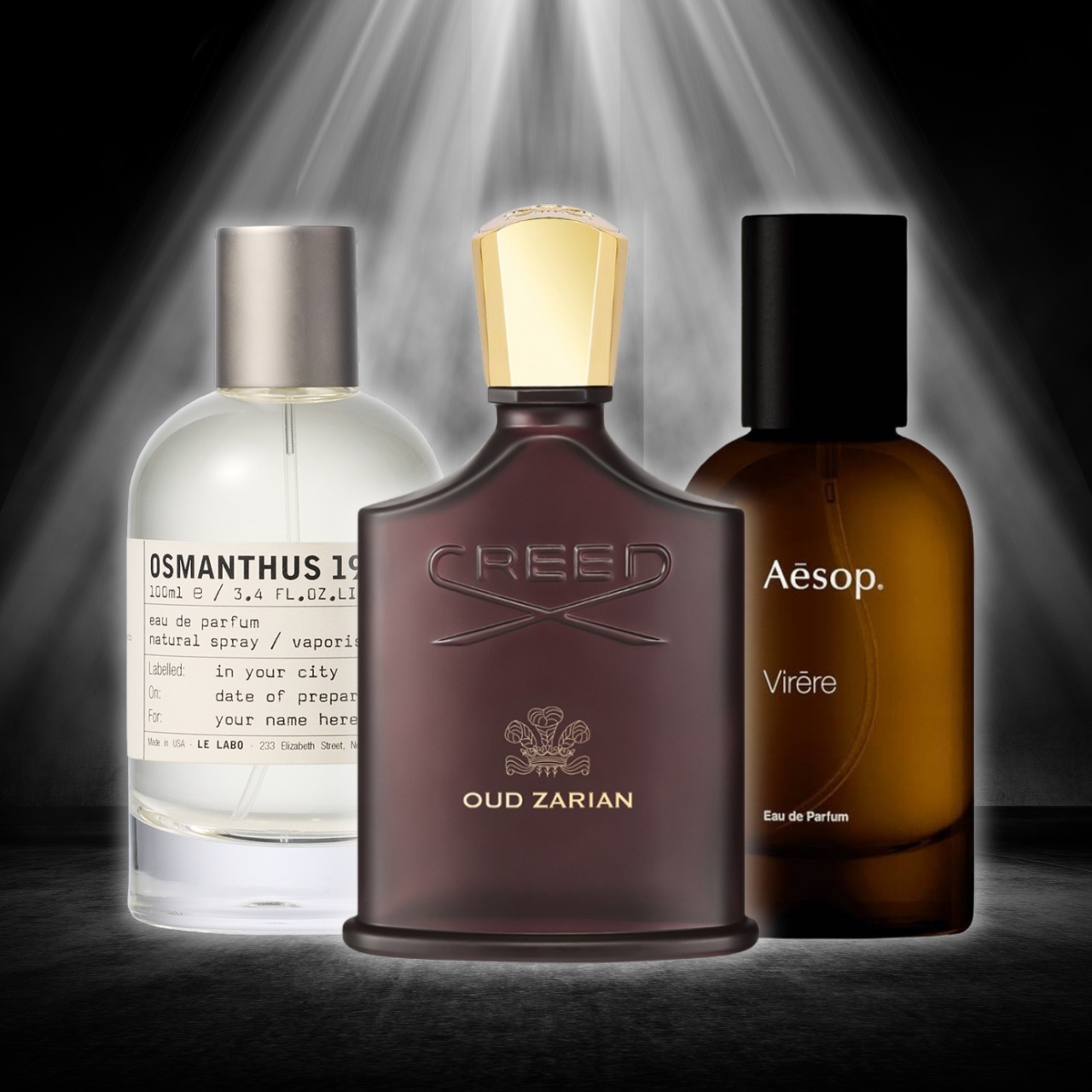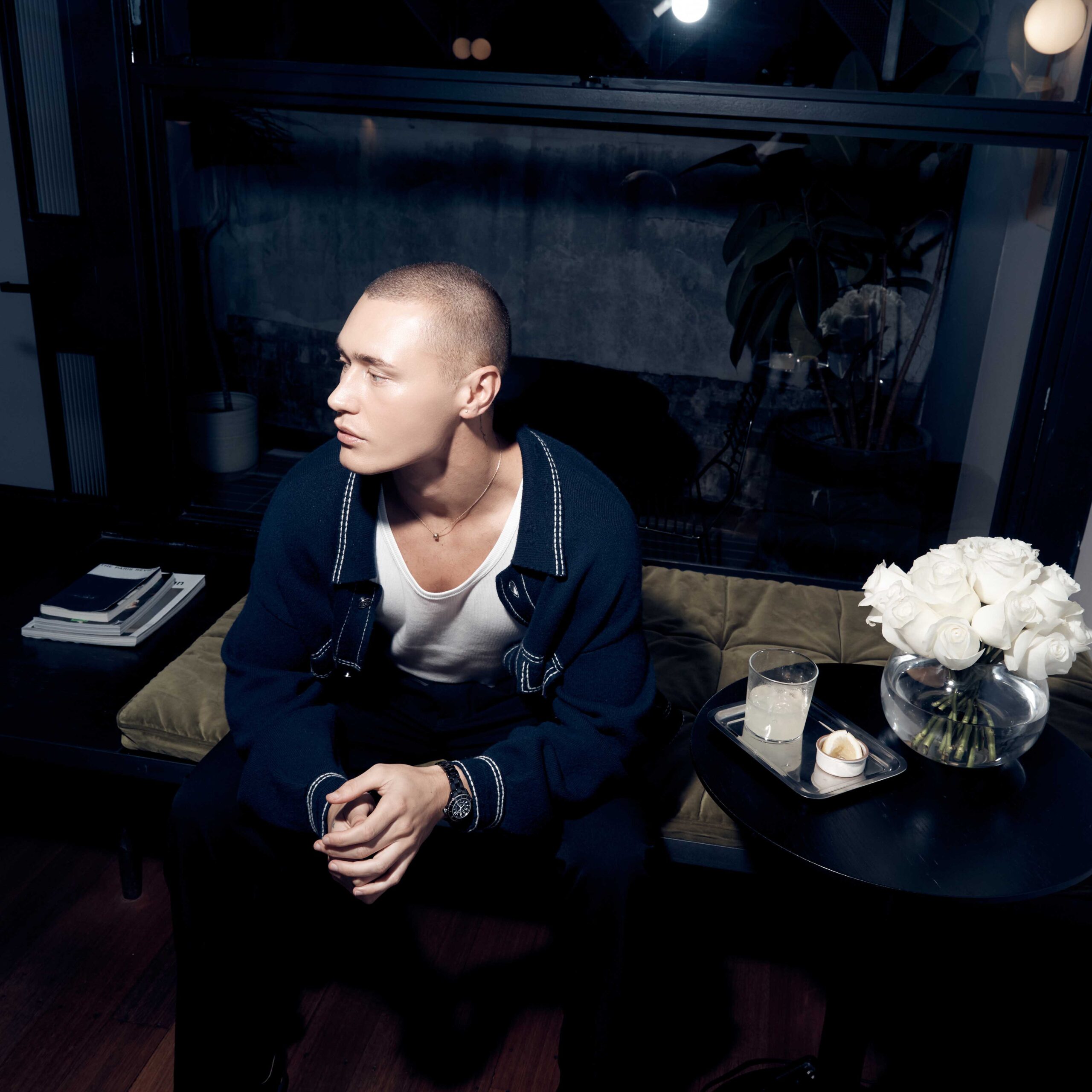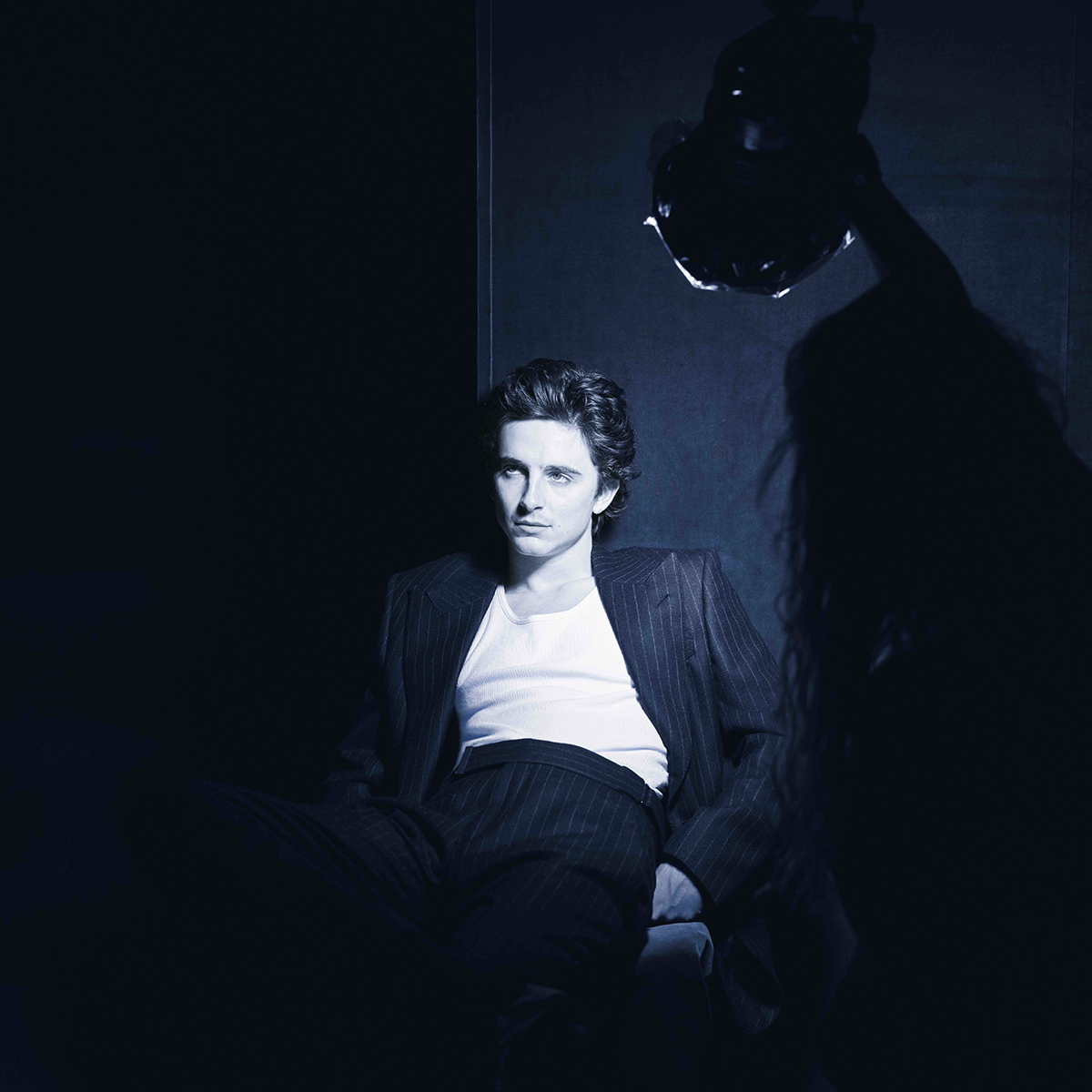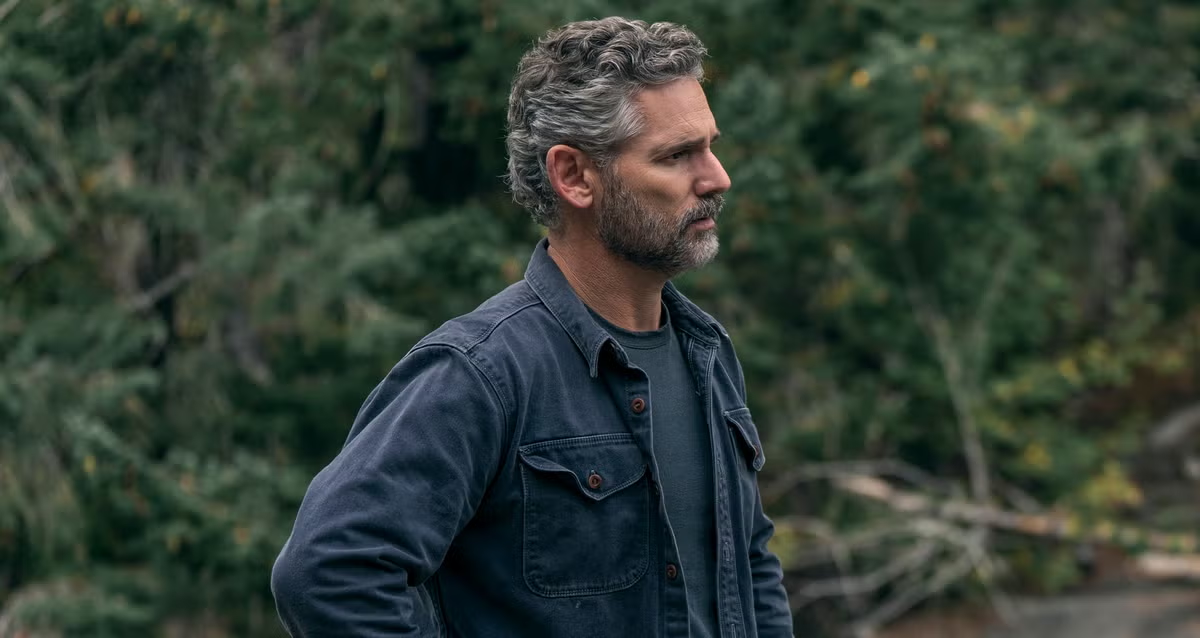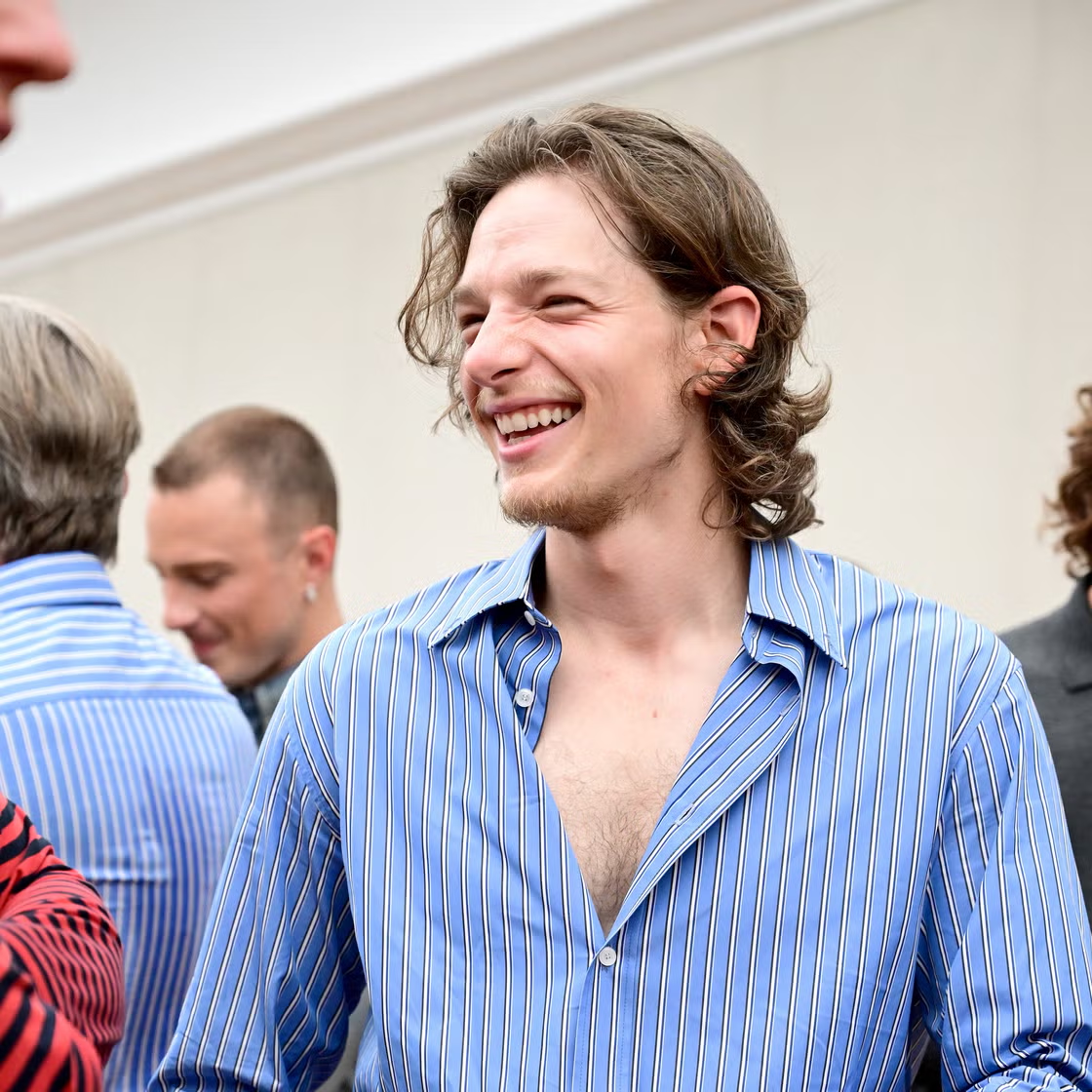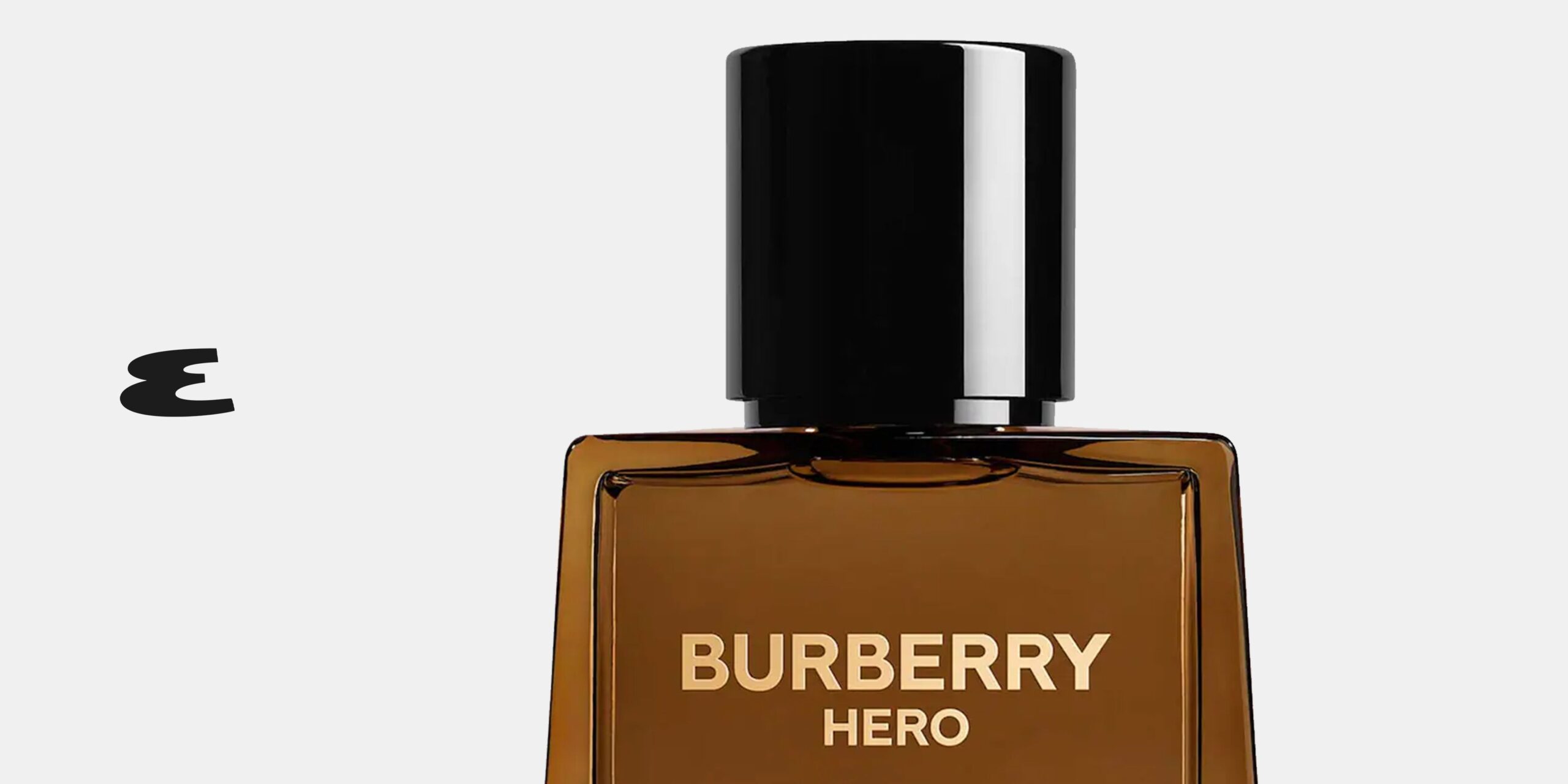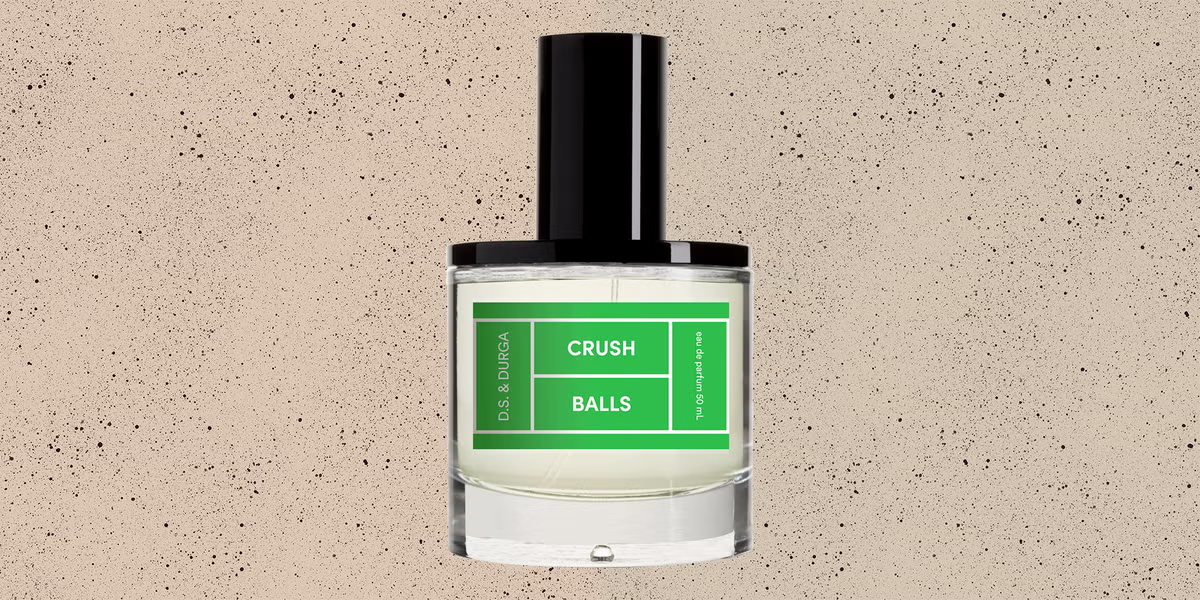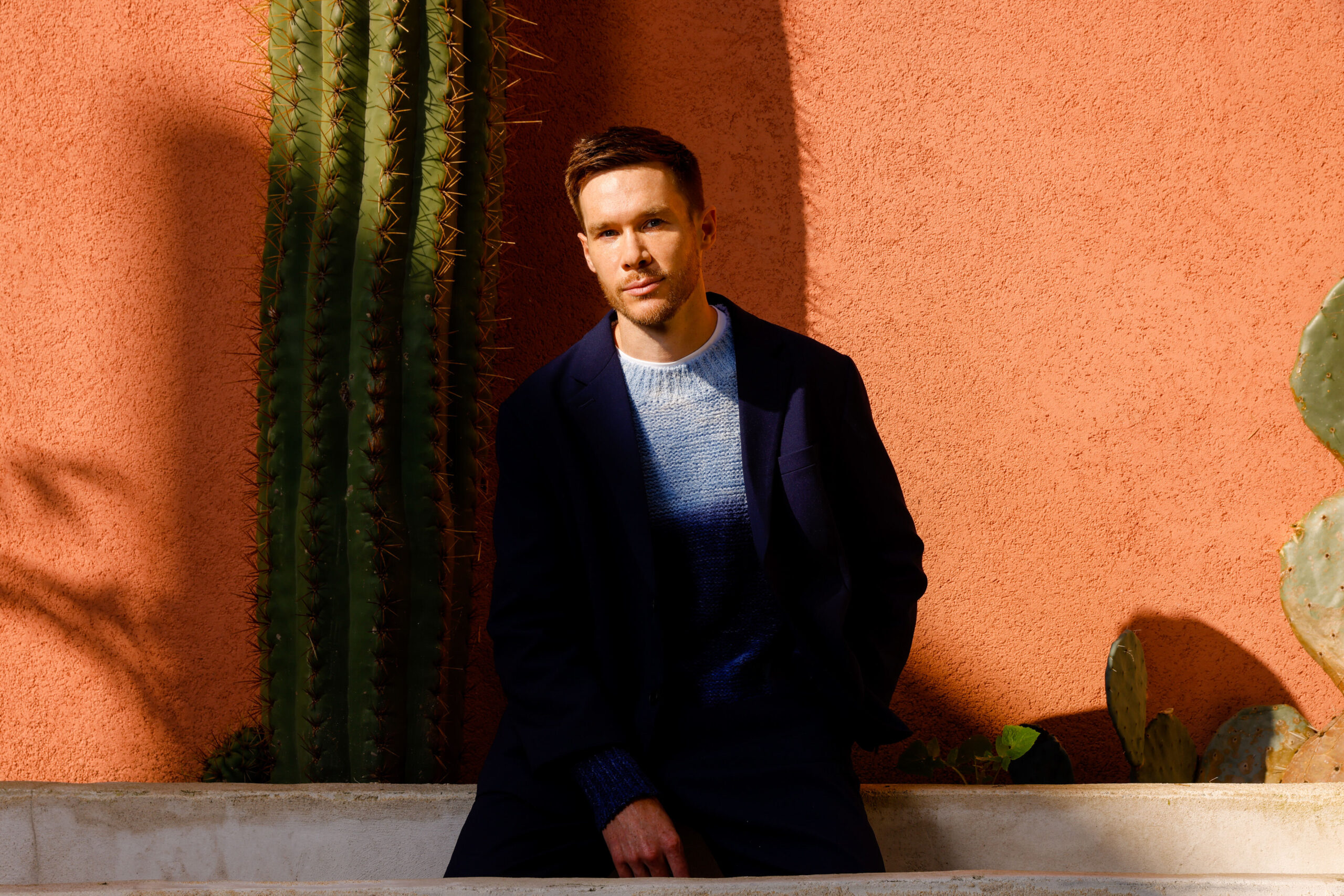Men’s hair insecurities are having a moment
From Walton Goggins’ receding hairline to George Clooney’s recent dye job, men’s hair is being scrutinised more closely than ever before. Yet in this age-old battle, there are only a select group of winners
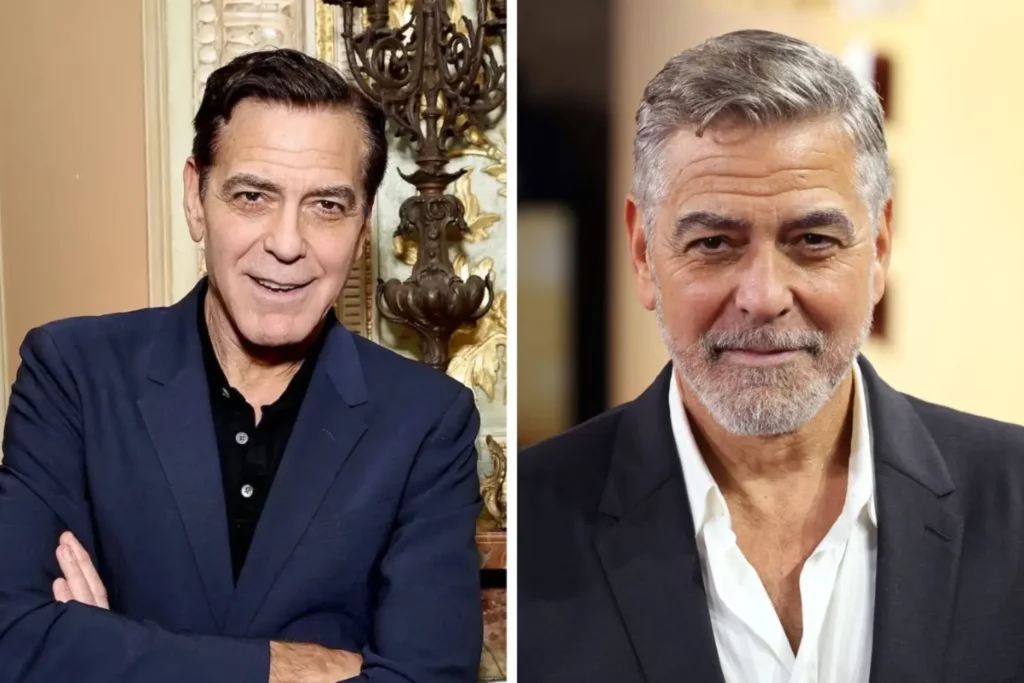
GEORGE CLOONEY HAS been the poster boy for a lot of things over the course of his Hollywood career. Old school charm and sophistication, left-leaning political activism, self-conscious fundraising for humanitarian causes, Nespresso, and, you could argue, for punching above his weight, intellectually at least, in his choice of marital partner (human rights lawyer, Amal). Perhaps most famously of all, Clooney has embodied, better than just about anybody in history, the cultural stereotype that salt and pepper hair makes men look distinguished. The 63-year-old actor is the ultimate silver fox.
It was a shock, then, when Clooney recently showed up to a movie premiere with dyed brown hair. The internet was aghast. George, what have you done? Was the prevailing sentiment. Why had the man who’d done the most to keep alive a well-worn cultural trope – that going grey makes men look dignified and debonair – given in to anxiety about aging and taken a stroll down the dye aisle?
Unfortunately for the actor, many concluded that rather than making him look younger, hitting the bottle had aged him. In an instant, Clooney had unwittingly become the poster boy for something altogether less flattering: male insecurity.
Of course, the Oscar winner was quick to reassure fans that the dye job was for a role and emphasised how much Amal hated his new ’do. The internet breathed a collective sigh of relief. But Clooney is not the only celeb who’s been caught in the cultural crosshairs – pun obviously intended – of a follicular fuss of late.
The internet has fallen in love with White Lotus star Walton Goggins’ receding hair line, showing yet again that natural degradation is totally acceptable in a man with some degree of status, while remaining utterly appalling for those further down the social strata. That includes most men – and, of course, 50 per cent of the population – yes, that’s women.
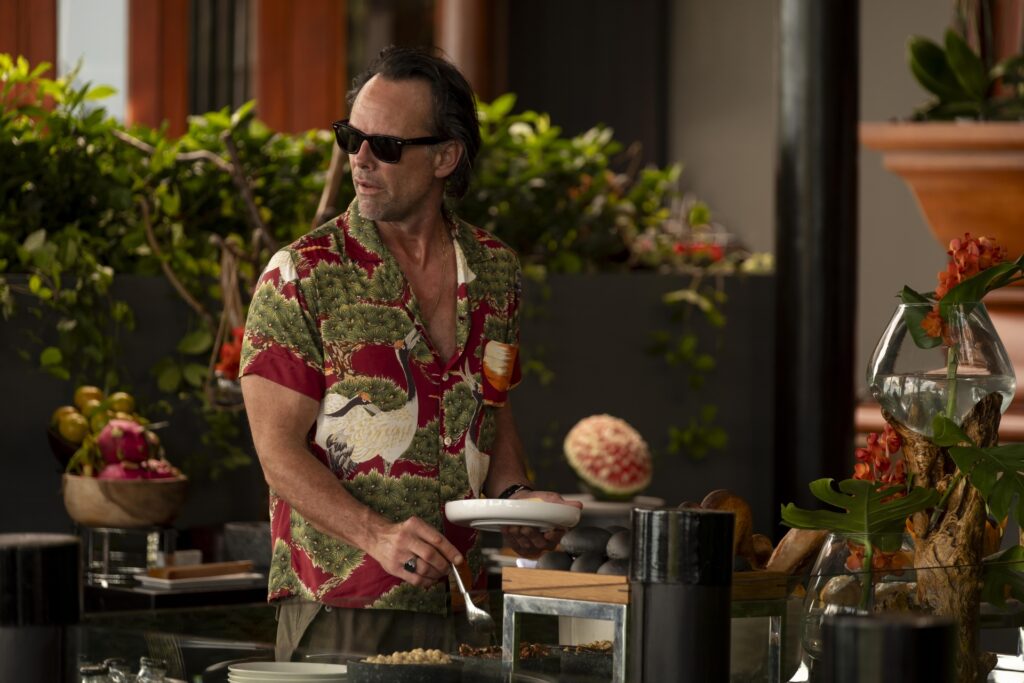
Now, as someone who has waged war on both fronts – thinning and greying hair – I have watched this cultural commentary develop with some interest. I have skin in the game, so to speak, much of it on my forehead and crown.
For me, it was dwindling follicles that launched the first assault on my self-esteem in the theatre of war that is my head – yes, only a male would use martial metaphors to describe a subject of deep insecurity, but as you’ll see, I’m framing this as a heroic battle against an unrelenting and absolutely stacked opponent: premature aging.
I was all of 14 when my previously thick thatch of coal black hair began to thin out. It was a devastating blow to my teenage psyche and in the pre-internet era, there weren’t a lot of places to turn. By my second year of university, I had resorted to cowering under an increasingly worn-out and, in hindsight, disgusting baseball cap during day-time hours, only letting my locks breathe at night.
I tried shaving my head, hoping my hair would grow back thicker – it didn’t. I rejoiced when hair loss drugs, like Finasteride, became available in Australia. Unfortunately for me, it failed to restore my hair, though perhaps it slowed down the decline. I couldn’t really tell, and thus, stopped taking it after a couple of years.
Looking back now from the secure perch of middle age, I realise I am one of the lucky ones. After the initial onslaught in my teens, my hair loss has slowed considerably. It still causes me to sigh in the mirror at times, but as I’ve gotten older, I’ve become more accepting of this wretched affliction.
I will say, though, that male pattern baldness is a particularly pernicious sign of aging, striking indiscriminately – my brother has a full head of still largely black hair – and most devastatingly, early. The fledging but often brittle psyche of a teenage boy or young man is ill-equipped to deal with hair loss’ savage blow to self-esteem, robbing you, as it does, of the full gloriousness of your youth, at a time when you’re particularly concerned about your appearance and trying your darndest to attract a partner.
If you go bald in your 40s or 50s, when other signs of aging (wrinkles, crows’ feet, double chins, pot bellies) have already gained a footing, the impact is not quite so crushing. You will likely have found a partner and hopefully be making a living. Hair loss will still hit hard, particularly if you previously sported the type of mane that could retain its properties in a cyclone, but you’re likely better equipped to deal with it.
And here’s the curious part of this imperfect world in which we live. As a male, if you’ve somehow managed to accumulate wealth, fame or some degree of social status, your lack of hair will either be completely ignored or could even be accorded a degree of cache – see Kelly Slater, The Rock, Jason Statham, Michael Jordan.
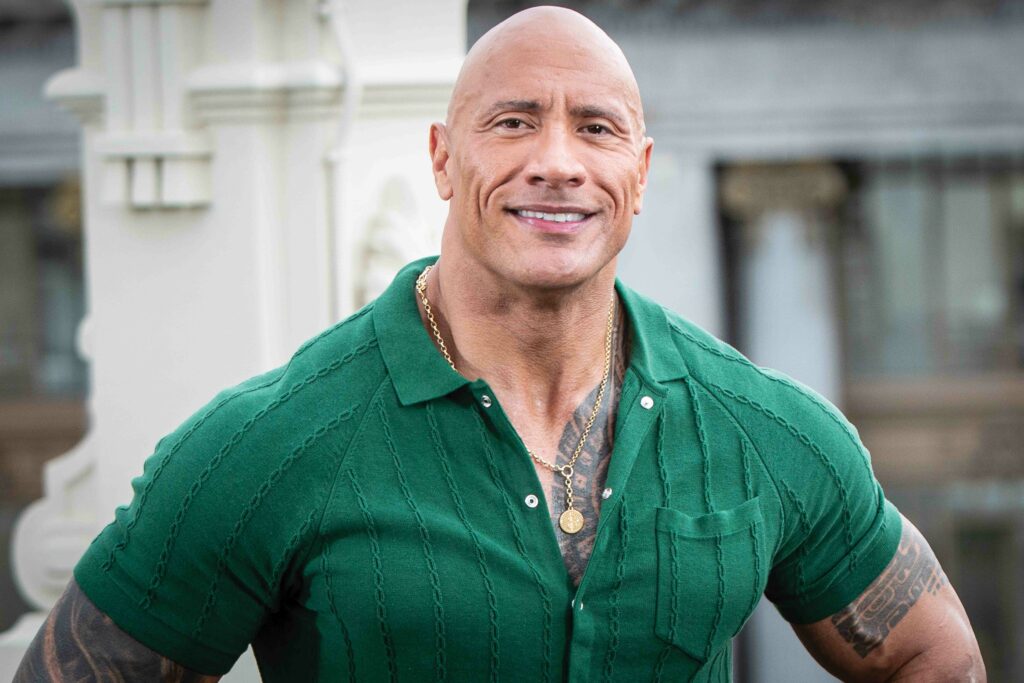
Let’s turn our attention to grey hair. This, I would argue, doesn’t deliver quite the same body blow to the fragile male psyche as hair loss. In my case, I was so consumed by my retreating follicles that when I started to go grey around the temples at 25, it seemed like a minor concern. I even received compliments – which I clung to – on my increasingly silvery appearance, mostly from women. “Oh, I love your grey hair”. Male friends, on the other hand, were generally less kind: “Geez mate, you’re going a bit grey there.” Whatever, I thought. I was just glad people were focusing on the colour of my hair rather than its absence.
It’s possibly because I’ve resisted dyeing my hair that I am rather hopeless in recognising when others have. I’m constantly shocked when male acquaintances are unmasked by an errant grey hair or when someone with a more discerning eye – and very little tact – outs them (this happened in my circle this very week). I recall being stunned when my old boss showed up to work after the summer holidays with suddenly grey hair, the feeling among staff being that all this time he’d been lying to us.
Similarly, it wasn’t until I was in my 30s that I woke up to the fact that most women dye their hair. Until then, I had thought grey hair, like thinning hair, was something that didn’t affect women until later in life.
Now, of course, the double standard that applies to women’s hair, and their appearance in general, is well trodden terrain. That society expects – even demands – that women take measures to preserve their youth while not asking the same of men is troubling, yet so entrenched, both culturally and commercially, that it’s difficult to see it changing any time soon. The recent wave of older female celebrities who have embraced their grey hair as an act of defiance against societal norms and gender stereotypes is a positive development. Whether that filters down to the point that younger women in their 30s eschew colouring their hair remains to be seen, though, some do opt for a deliberately blonde-grey tint.
At the risk of incensing female readers, I have to say I have, on occasion, almost found myself envying the normalisation of hair colouring for women. Yes, powerful men are lauded for their grey hair in ways women will likely never be, but at the same time, for a man to dye his hair is still seen, at least in Western society, as a sign of vanity or weakness – hence the outcry against Clooney.
And it’s precisely that stigma that is stopping me from colouring my remaining crop. If that association were removed, I have a feeling I would have dived headfirst into the dye pool years ago. It’s a similar type of stigma that’s probably holding me back from booking a flight to Turkey to get a hair transplant. I see it as a fake or fraudulent means to an end and one that would only highlight my insecurities. Ironically, my opposition to a measure intended to defy aging is possibly a sign of my age; younger men, I feel, likely don’t hold the same wariness towards cosmetic procedures, and may, if the looksmaxxing trend is anything to go by, regard them as enhancements.
All of which leads me to an uncomfortable conclusion: despite presenting publicly as a guy who has accepted his age and is not unduly troubled by such idle concerns as vanity, the deeper reality is that I have not really reconciled myself to the fate of my follicles.
If a legitimate, overnight cure for baldness were discovered – I don’t regard hair transplants to be a cure – I would likely be knocking down my chemist’s door. And if George Clooney’s hair hadn’t become a subject of such intense internet debate these past couple of weeks, I would probably have stocked up in the dye aisle.
As it is, I’m left trapped in the impregnable prison of societal expectation (thanks to the majority of the female population who’ve kept it warm in here) and worrying what others think, effectively living a lie. With neither fame nor fortune likely to come to the rescue, it’s enough to make me want to tear my remaining hair out, which is ultimately – with the help of razor – what I will inevitably end up doing.
Related:




